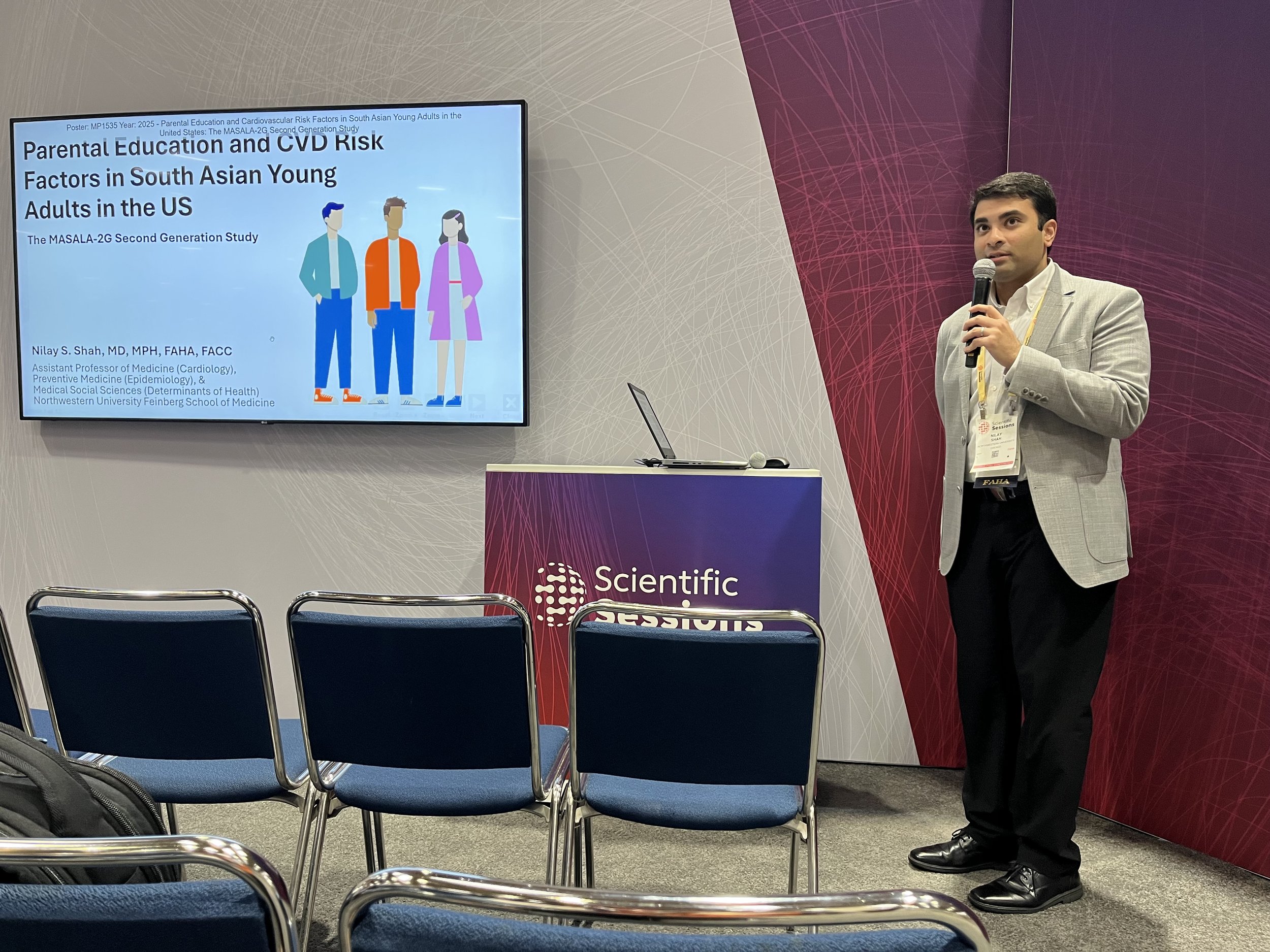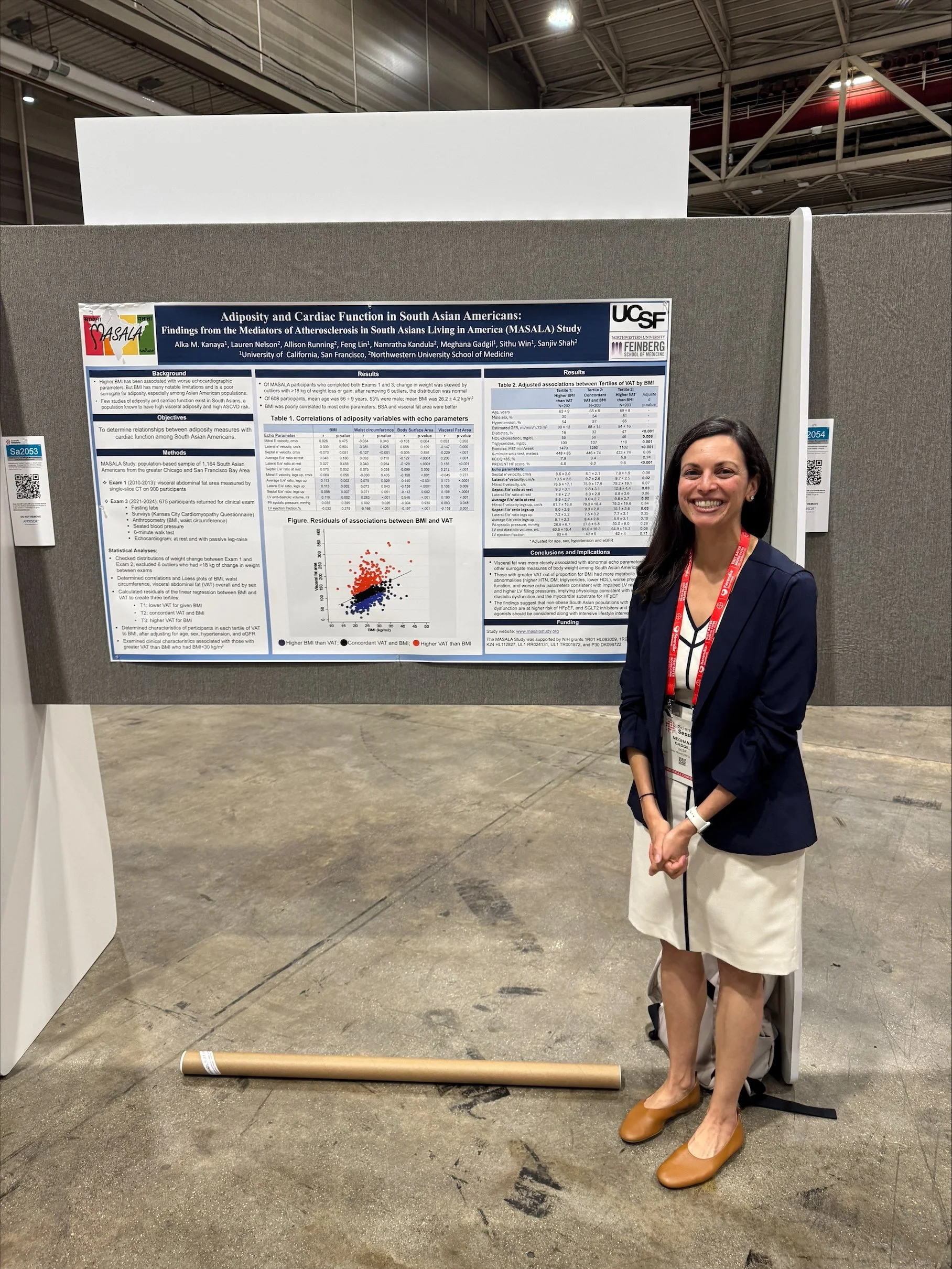Click HERE to watch the presentation from the community forum.

Click HERE to watch the presentation from the community forum.






Upcoming Town Halls in your local areas.
UCSF, San Francisco Bay Area:
November 16, at 4-5pm PST. Virtual Town Hall.
Northwestern University, Chicagoland Area:
August 23rd, at 11:30am CST: Devonshire Cultural Center (4400 Greenwood St., Skokie, IL 60076)
September 7th, at 4:00pm CST: Virtual Zoom
New York University, New York Area:

MASALA Community Forum on December 22nd at 12:00-1:30pm ET: Virtual Zoom.
Click HERE to watch the MASALA Community Forum presentation.
The Brown Heart docudrama: www.thebrownheart.com
Movie Review from the Times of India: https://timesofindia.indiatimes.com/entertainment/english/movie-reviews/the-brown-heart/ottmoviereview/120867966.cms
Investigating Telomere Length and Cardiovascular Health in South Asians: Addressing Health Disparities through MASALA Data
